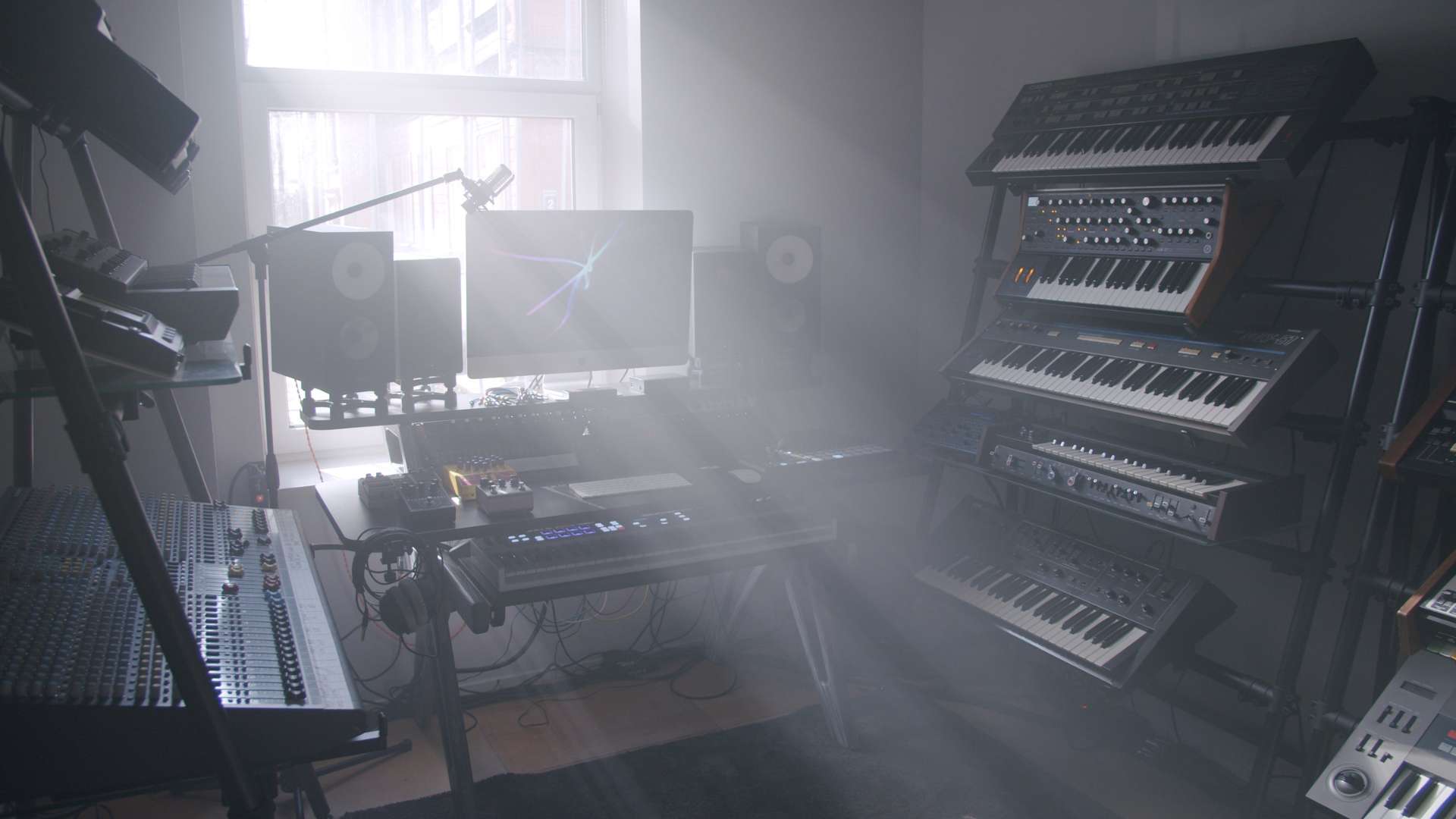Music, in its essence, is a reflection of creativity and expression, organized through various structures known as forms. These forms are the foundational frameworks that composers and musicians use to craft their works, guiding the flow and evolution of music across time and styles. Understanding musical form enhances not only the appreciation of music but also provides insights into the historical and cultural contexts in which pieces were created.
Form Definition Music
Exploring the Basics
Musical form refers to the structural framework that shapes the composition and performance of a piece of music. It dictates how various sections of music relate to each other and helps create a coherent sonic narrative. Within these frameworks, music evolves, displaying distinct themes, motifs, and developments that capture the listener’s attention. Simple forms like Binary (AB) and Terciary (ABA) illustrate basic structuring, where themes either contrast or return after a development phase. More complex forms, such as rondo or sonata, involve intricate interplays of different themes and variations. Knowing these basic forms enhances one’s ability to recognize and anticipate musical patterns, which in turn heightens the overall enjoyment and understanding of the music.
Key Components and Their Windows
Music form consists of several key components, each playing a crucial role in defining the overall structure of a composition. These include:
- Themes: Defined melodies or motifs serve as the foundational elements within a piece. They offer familiarity and continuity throughout the composition.
- Transition: These are segments that connect various themes or musical ideas, facilitating smooth shifts between different parts of a composition.
- Development: Here, themes and motifs undergo variations and transformations. This part often introduces complexity and showcases the composer’s creativity.
- Reprise: Often observed in forms like sonata and rondo, reprises involve the return of the initial theme after a varied or contrasting middle section, providing closure and a sense of completion to the piece.
Common Musical Forms
Exploring the realm of musical forms, several distinct structures emerge, each critical in shaping how music unfolds and affects the listener. Among the most familiar forms are the Strophic Form, Sonata Form, and the Twelve-Bar Blues.
- Strophic Form simplifies songwriting by repeating the same music for each stanza of the lyrics. Folk songs and hymns frequently utilize this form, which allows for straightforward storytelling and lyrical reflection.
- Sonata Form, attributed with a complex three-part structure—exposition, development, and recapitulation—serves as the backbone for many classical symphonies and chamber works. Composers like Beethoven have masterfully exploited this form to craft dynamic contrasts and thematic explorations.
- Twelve-Bar Blues is essential in jazz and rock music, characterized by its repeating twelve-bar chord progression. This form has been a foundation for improvisation, enabling musicians like B.B. King to deliver powerful emotional expressions.
Evolution of Musical Form Through History
Tracing the evolution of musical form reveals its transformative impact on composition and performance. In classical antiquity, structures were often simple and repetitive, serving the oral traditions of storytelling. With the Medieval era, the development of notation brought form diversity, evident in the intricate motifs of Gregorian chants. By the Renaissance, musical form had expanded into more complex polyphonic structures, exemplified by the fugue.
Entering the Baroque period, composers like Vivaldi and Bach refined forms like the concerto and the sonata, which showcased both technical mastery and emotional depth. The Classical and Romantic eras further revolutionized these forms, with composers like Mozart and Beethoven expanding them to accommodate their expressive desires, thus setting standards that persist in contemporary Western music.
Each period’s innovation demonstrates a progression from simple narrative conveyance to sophisticated, emotive storytelling in music, influencing each subsequent era and enriching the listener’s experience.
Analyzing Form in Popular Genres
Exploring musical form isn’t just an academic exercise—it’s a journey into the heart of how music communicates and resonates. Whether it’s a pop song or a symphonic movement the structure of a piece frames its emotional and thematic expressions. As listeners and creators dive deeper into various musical forms they unlock new layers of understanding and appreciation. This not only enhances their experience but also fosters a richer cultural dialogue through music. Embracing these insights allows for a more profound connection with music across all genres and eras.
